Text copyright 2006 by Dan Ramsey
Illustrations copyright 2006 by Headcase Design
All rights reserved. No part of this book may be reproduced in any form without written permission from the publisher.
Library of Congress Cataloging in Publication Number: Requested
eBook ISBN: 978-1-59474-773-1
Trade Paperback ISBN: 978-1-59474-103-6
Designed by Paul Kepple and Jude Buffum @ Headcase Design
www.headcasedesign.com
Quirk Books
215 Church Street
Philadelphia, PA 19106
quirkbooks.com
v3.1
Contents
Welcome
to Your New Home!
ATTENTION!
Before beginning this manual, please inspect your model carefully and check for all of the standard parts described . If any of these parts appear to be missing or inoperative, it is recommended that you consult the homes builder or appropriate service providers immediately.
Whether you have just acquired a new home or are planning to do so soon, congratulations! A home is a wonderful thing to inhabit, particularly when it is ownedand it is in good working order.
Unfortunately, components break, wear out, and mysteriously go awry, especially when homeowners share their residence with occupants who dont pay the repair bills. And if homeowners spend most of their time in the world of high technology, the processes and problems of low-tech homes may elude them. Regrettably, homes dont come with instruction manuals, so homeowners are left on their own to unclog a sink, maintain cozy heat, or make the lights come back on. To make matters worse, many first-time buyers dont know what to look for in a home before purchasing one. Nor are there instructions for upgrading to Home 2.0.
Until now, that is. This manual includes not only an overview of how a home works, but also many step-by-step instructions on what to do if it doesntor if the occupants decide to make some changes. It also includes some practical tips on selecting and moving into a first or next home. Like other owners manuals, it is designed for quick and frequent reference. Unlike other manuals, this book is printed on heavy paper to stand up to frequent use. Heres what is covered:
describes the major functions of homes as well as the advantages and options of ownership.
explains the home selection and occupant-installation processes.
explains how home systems operate and interact to furnish comfort and convenience to occupants.
offers specific instructions for 25 common maintenance projects inside the home, including keeping plumbing clear, maintaining electrical and heating systems, painting, and more.
includes step-by-step instructions for 19 common projects for the homes exterior, including roofing, siding, doors and windows, decks, patios and walks, yard maintenance, and storage structures.
is a quick and easy reference for handling 16 common home emergencies in plumbing, electrical, heating, and structural systems.
suggests popular improvements that will make a home more livable and gives specific instructions on how to complete them.
covers numerous things that homeowners can door have done for themto increase the functionality and value of a home.
The APPENDIX includes technical support resources and a glossary of housing terminology.
When maintained properly, a home can furnish years of living comfort and convenience for current and future occupants. Remember that homes require an investment of time, energy, and money that may make occupants reconsider renting. However, a home is a long-term investment that offers financial and emotional rewards beyond those available through rent receipts.
Congratulations and welcome to the world of home ownership!
The Home: Diagram and Parts List
Major home systems: structural, electrical, plumbing, comfort. Each of these systems has an important function. To ensure that these functions are met, modern homes must be built to standardized rules, called building codes , for safety. Older homes typically are required to come up to code if remodeled. Codes are especially important for standardizing the safe use of electrical, plumbing, and other vital systems.
Structural
The primary system within a home is the structural skeleton. It includes:
Foundation: A concrete structure that firmly attaches the house to the ground and distributes the structures weight.
Framing: The wood, steel, or masonry skeleton that forms the floors, walls, and ceilings of the home.
Exterior: The sheathing or skin over the outside of the framing a well as the exterior barriers (doors and windows).
Interior: The sheathing or covering over the inside of the framing as well as the interior barriers (doors).
Electrical
Modern homes rely on electricity to power appliances and lighting. Electrical power is generated in power plants and distributed through wires as alternating current (ac). The electricity is moved along the wires by voltage, electrical pressure measured in volts (v). The voltage is reduced by transformers until it reaches residences at 240 v. Electric clothes dryers and some shop equipment use 240 v of electricity, but everything else in the home uses 120 v, so the electrical power is cut in half at the electric service panel.
 CAUTION: Residents who attempt to work on a homes electrical system should know how it functions, how to disable it, and how to perform maintenance safelyall covered in this manual.
CAUTION: Residents who attempt to work on a homes electrical system should know how it functions, how to disable it, and how to perform maintenance safelyall covered in this manual.
From the electric service panel, numerous branches of power, called circuits , are distributed through wires. These wires start within the service panel at a circuit breaker and end within the house at outlets (plugs) or fixtures (lights). The circuit breakers are safety devices designed to stop the flow of electricity if it exceeds what the wire and fixtures can safely handle. (Homes older than 40 years may use replaceable fuses instead of circuit breakers.) Fixtures typically have a switch nearby that allows the circuit to be turned on or off manually. Large and small appliances can be attached (plugged in) to outlets to draw electrical power required for operation.
Electrical systems can be seen at either end (the service panel and the fixture), but are unseen; the wires are run through walls, floors, and ceilings. Because electrical systems have no moving parts, maintenance and repair typically is done at one end or the other of the circuits, making them relatively easy to maintain (see ).
Plumbing
Plumbing is a distribution system that delivers fresh water to plumbing fixtures and separately removes the waste water for treatment. Water is distributed by utility services through water pipelines under the ground in front of homes. Alternatively, private water systems can gather and deliver water from springs or wells. Water moves through a pipe and water meter to individual homes and is distributed throughout the house by smaller pipes to kitchen, bath, utility, and other rooms as needed. Fixtures (faucets, toilets) manually start and stop the flow of water at these locations.




![Trade Trade - Porsche 356 owners workshop manual: [1957-1965]](/uploads/posts/book/237774/thumbs/trade-trade-porsche-356-owners-workshop-manual.jpg)
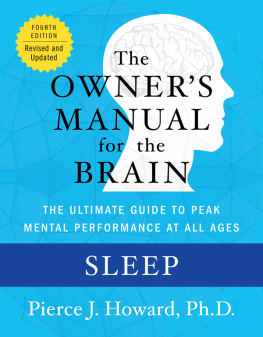
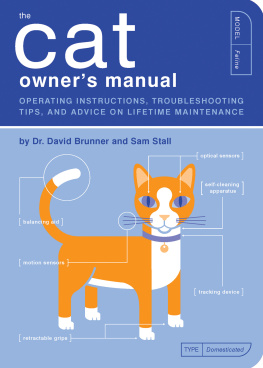
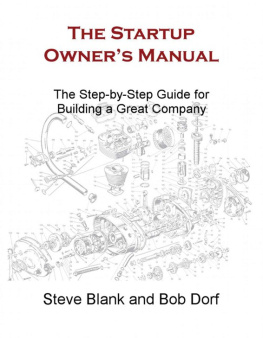
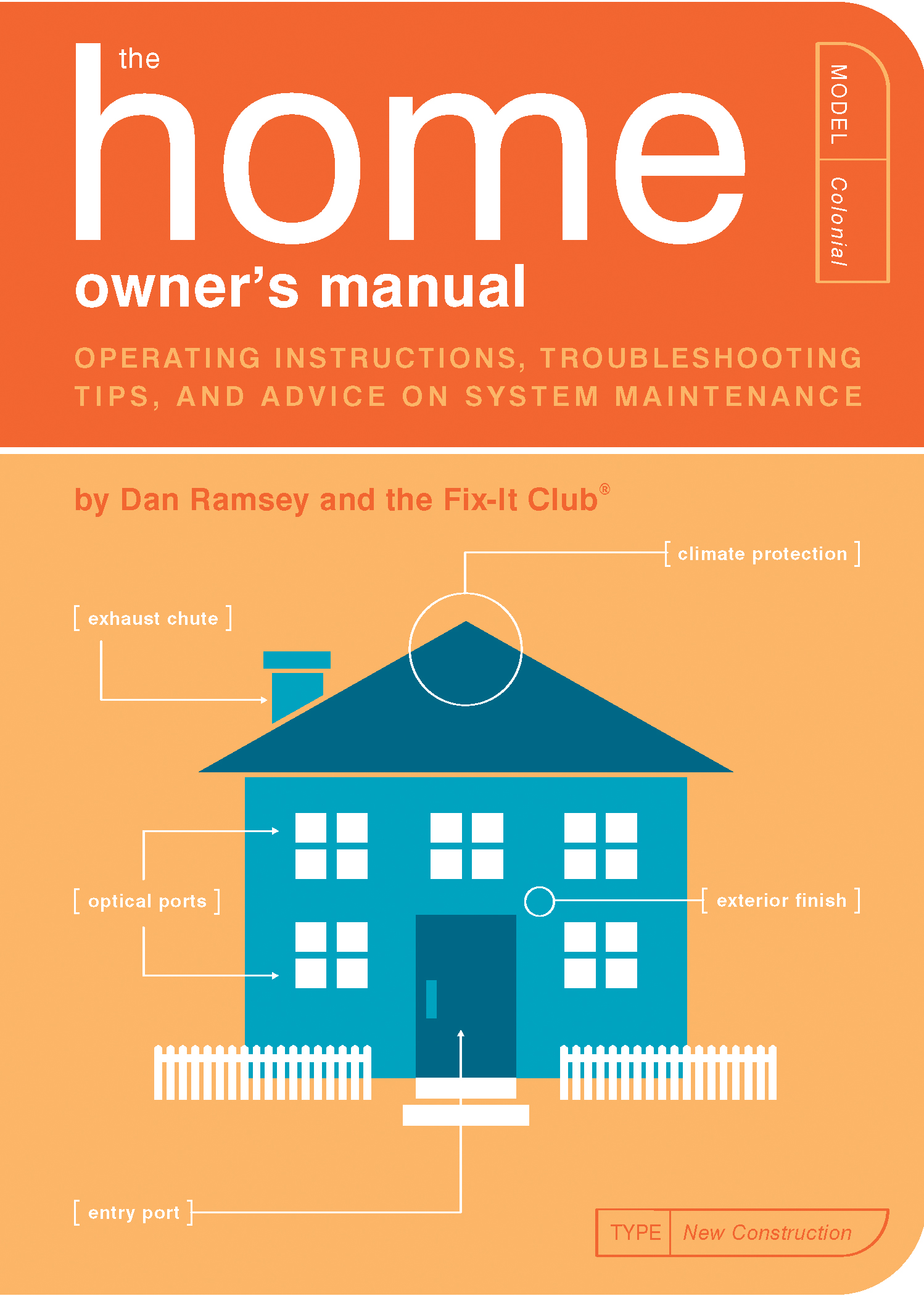

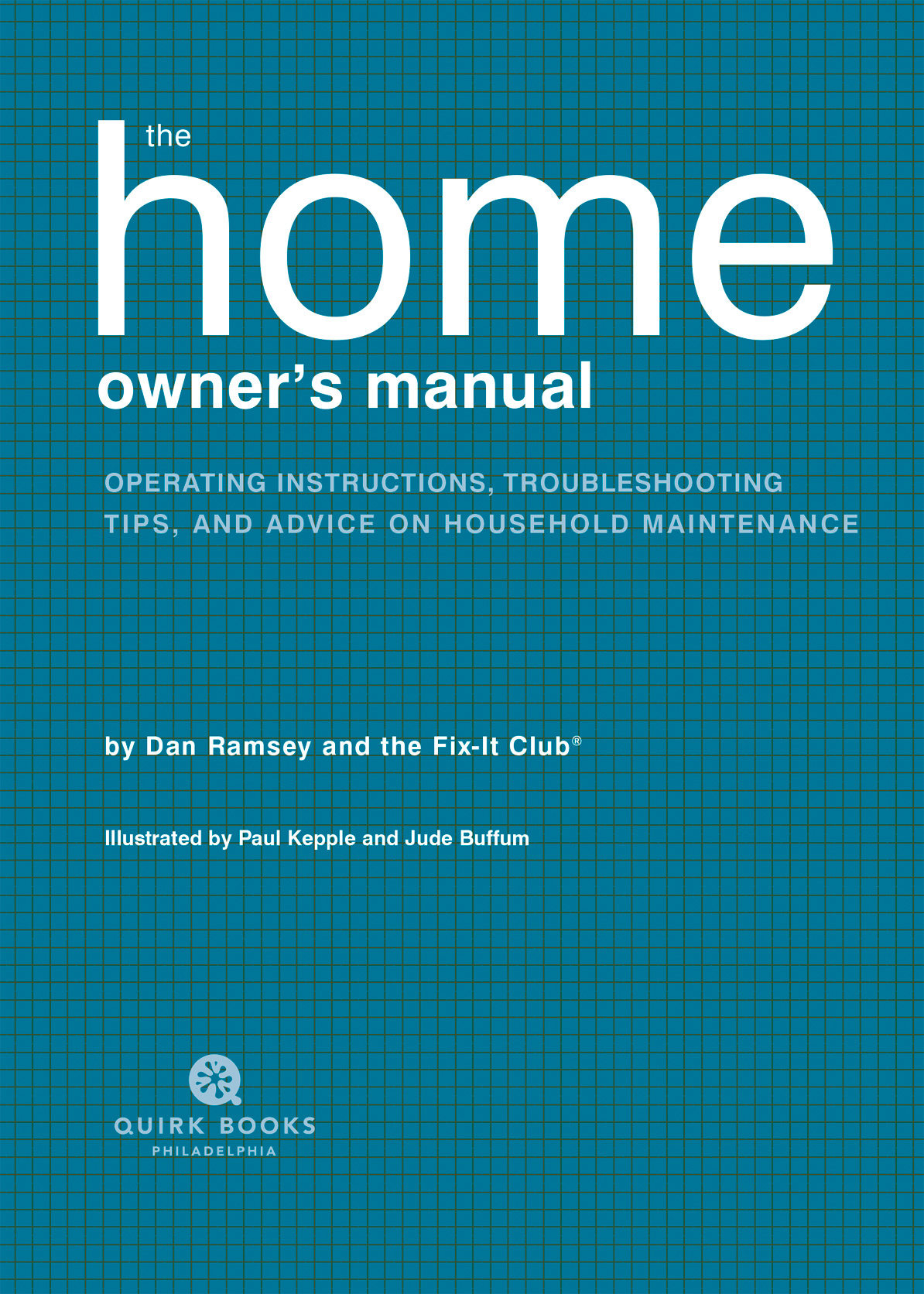



 CAUTION: Residents who attempt to work on a homes electrical system should know how it functions, how to disable it, and how to perform maintenance safelyall covered in this manual.
CAUTION: Residents who attempt to work on a homes electrical system should know how it functions, how to disable it, and how to perform maintenance safelyall covered in this manual.